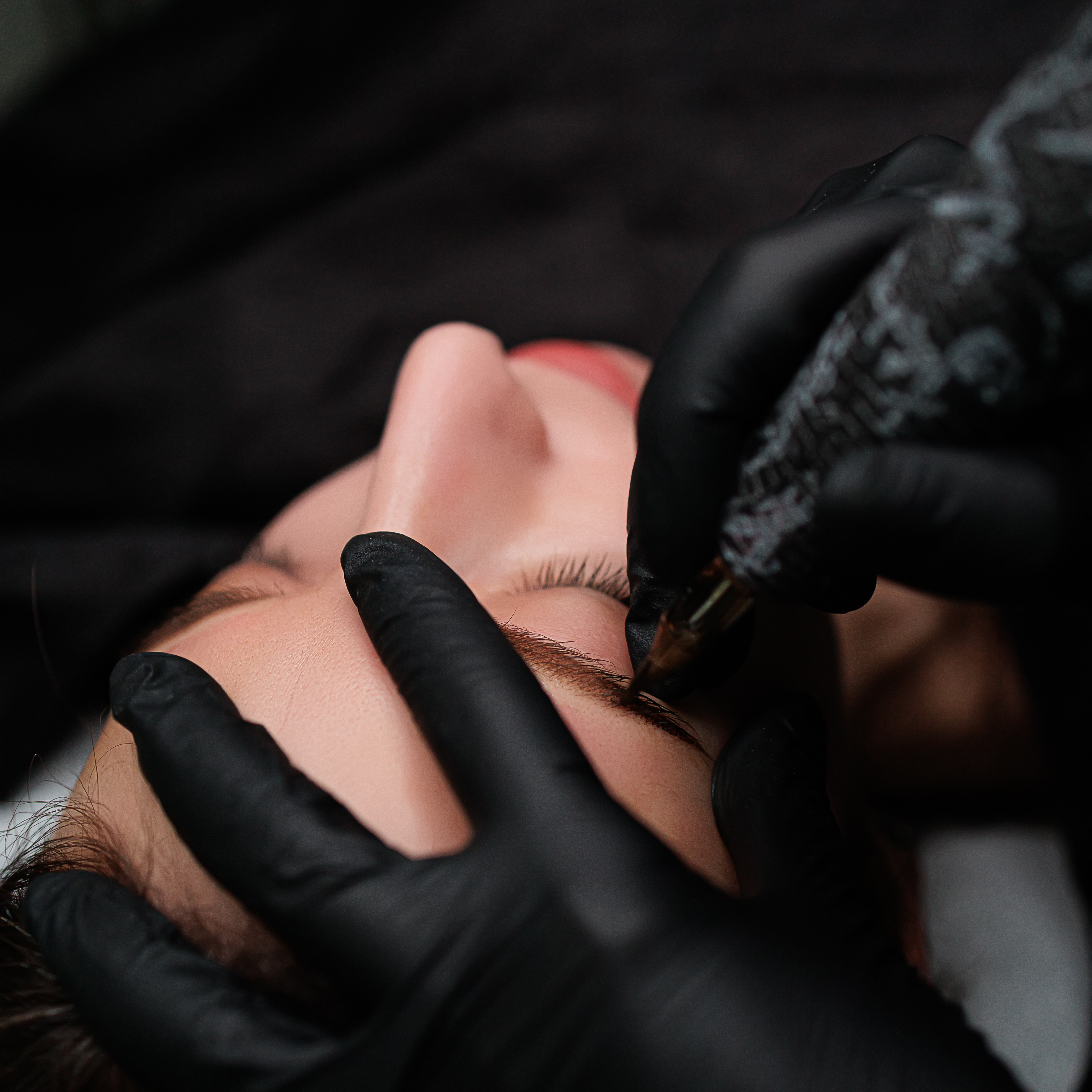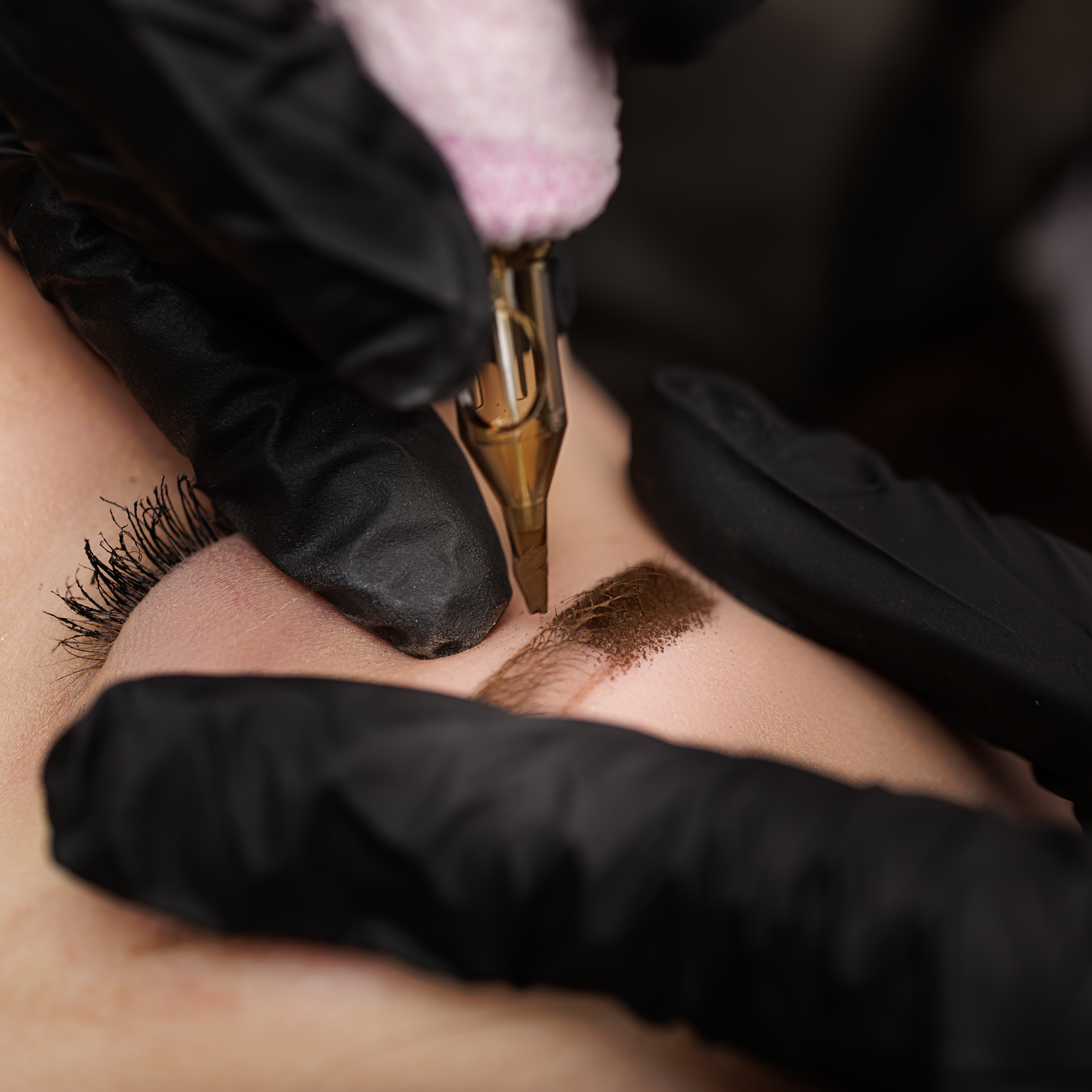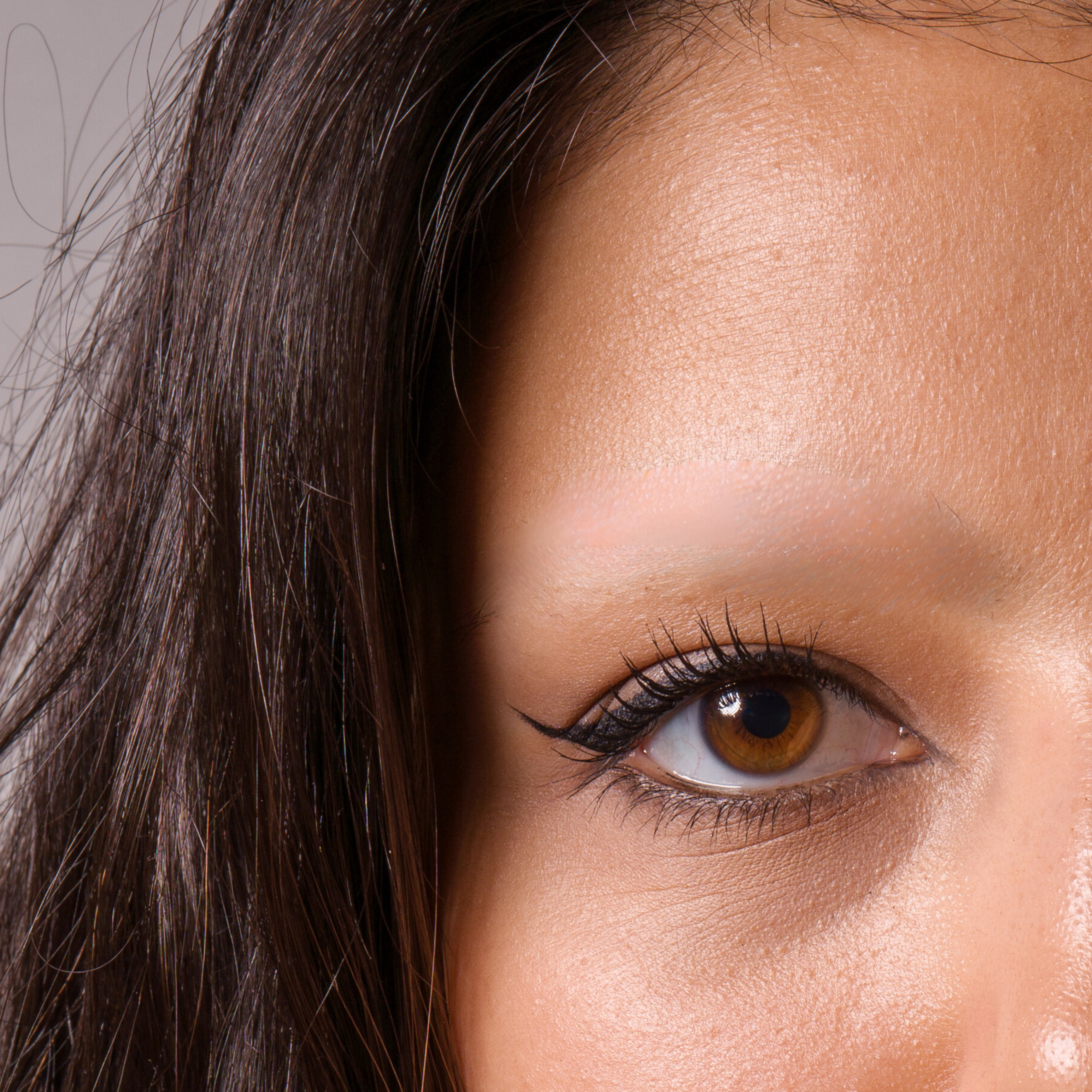Microblading is a popular form of cosmetic tattooing designed to enhance the appearance of eyebrows. This technique involves using a small, manual blade—similar to an exacto knife—to deposit pigment into the dermal layer of the skin. By mimicking natural hair strokes, Microblading can achieve a soft and “barely there” look.
Ideal Candidates for Microblading
Approximately 20% of individuals seeking eyebrow enhancement with cosmetic tattooing are considered ideal candidates for Microblading. To ensure the best results, certain skin conditions and characteristics are necessary:
- Skin Condition: The skin should be free of sensitivity, irritation, rosacea, acne, hyperpigmentation, and sun damage. Healthy skin is crucial for optimal pigment retention and healing.
- Skin Type: Microblading works best on normal to dry skin. Oily skin types are generally not suitable for this technique, as excessive oil can affect pigment absorption and longevity.
- Skin Firmness: Ideal candidates have firm or semi-firm skin. Skin that is too lax or stretchy may not hold the pigment well, affecting the final appearance.
- Skin Tone: Light to medium skin tones are typically the best candidates for Microblading. Very fair or dark skin tones may not achieve the desired results due to the way pigment heals on these skin types.
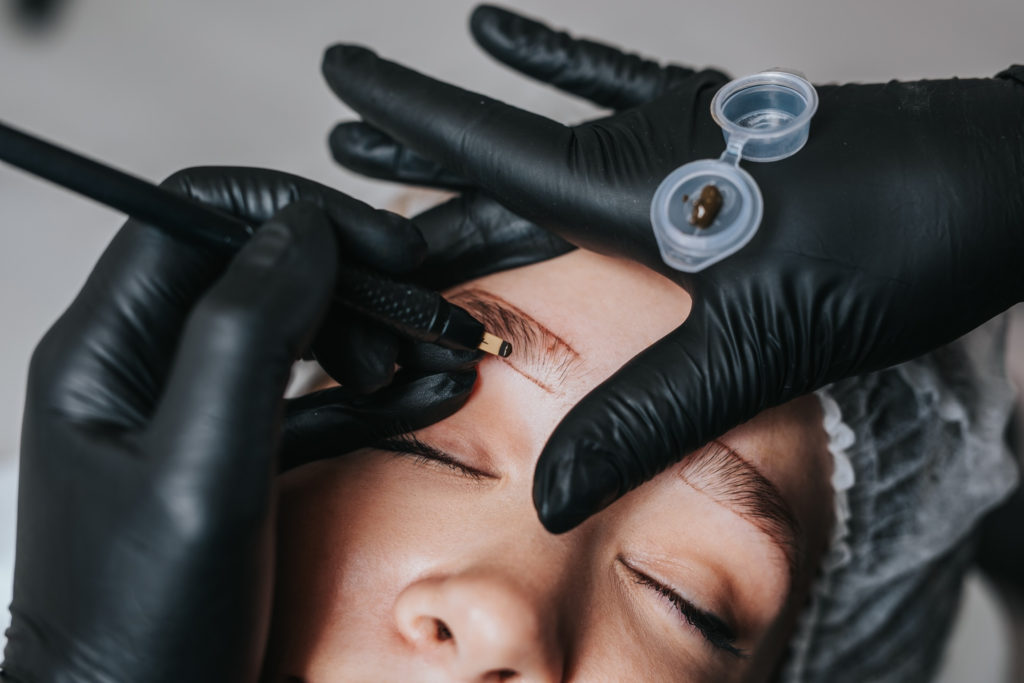
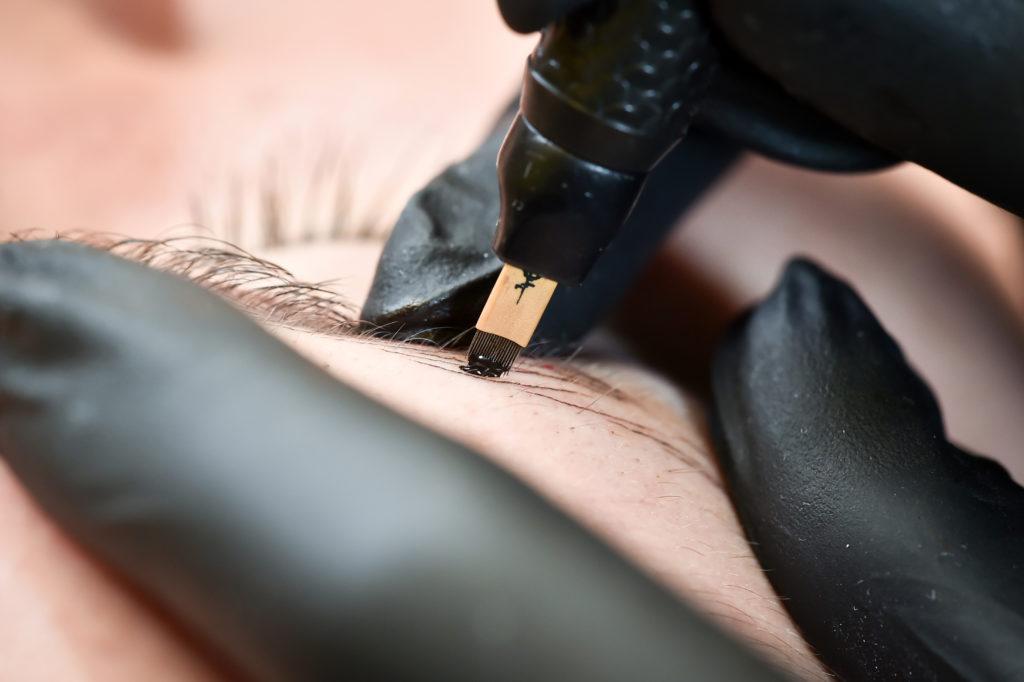
Contraindications for Microblading
Certain skin conditions can make Microblading unsuitable:
- Skin Lacking Firmness: Skin that appears loose or too lax may not retain pigment effectively.
- Excessive Sun Damage or Melasma: Sun-damaged skin or melasma can interfere with the healing process and the final look of the brows.
- Pink or Reddish Undertones: Skin with a pink or reddish undertone, especially if affected by rosacea, may not yield the best results.
- Prior Brow Tattoo: Old tattoos often have faded pigment that can appear discolored over time. This can make it challenging for the Microblading strokes to stand out, resulting in a less-than-ideal look. Additionally, the underlying tattoo can affect the placement and visibility of the new hairstrokes, leading to an uneven or splotchy appearance.
Before undergoing Microblading, a consultation is essential. This will help assess whether your skin type is suitable for the procedure, ensuring that the right technique is chosen to achieve your desired outcome.

